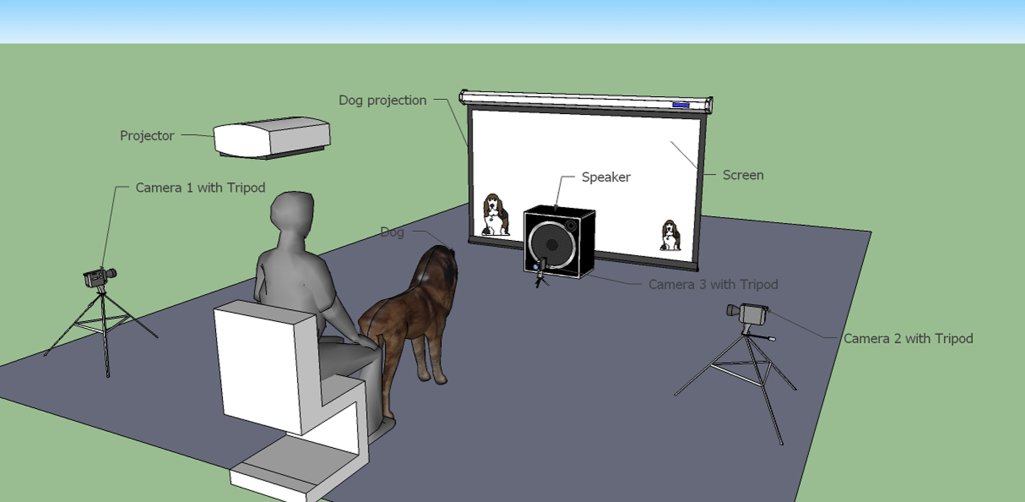Worth a Thousand Words
Our images for this week come from a recently published article about man’s best friend. In the paper, Dogs’ Expectation about Signalers’ Body Size by Virtue of Their Growls, researchers from Austria and Hungary investigate whether dogs can judge the size of another dog based on its growl.
In this study, the authors measured the looking preference of dogs in order to assess whether the animal could match the correct image of the dog with the corresponding growl. The image below is Figure 4 of the manuscript and demonstrates the looking behavior of the dog during the experiment.
The authors presented a test group of 24 dogs with the choice of two projected images. One image was a life size picture of a dog and the other was an image of the same dog scaled up or down by 30 percent. When the recording of the growl was played, 20 of the 24 dogs looked at the image of the proper-sized dog first and for the greatest period of time. The image below is from Figure S1 of the paper and shows the arrangement of the experimental room.
In the paper, the authors write:
We have shown for the first time that dogs can match cross-modal information between pictures and sounds and we provided evidence that dogs can assess accurately the size of a growling dog based on the acoustic information. Moreover, our results suggest that dogs are able to perceive species specific information based on pictures.
To read more about this study by Tamás Faragó, Péter Pongrácz, Ádám Miklósi, Ludwig Huber, Zsófia Virányi and Friederike Range you can click here. If you are interested in canine research published in PLoS ONE you can start your search here.


